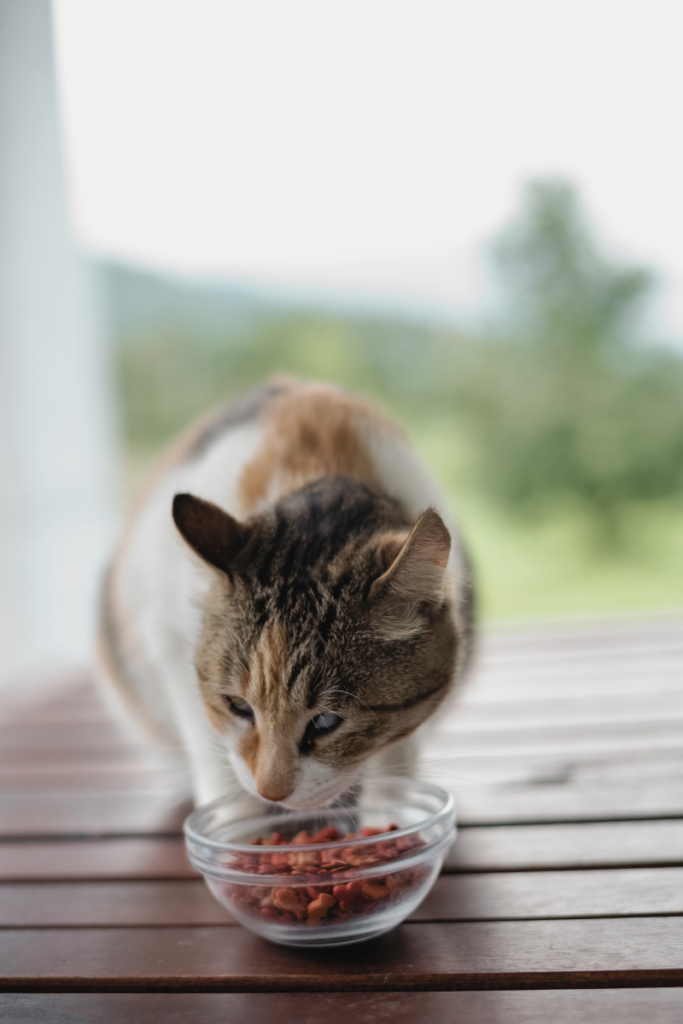What you need to know about pet obesity in Australia
May 4, 2024
We are being urged to prioritise pet health and nutrition, with pet obesity in Australia reaching epidemic levels.
To help, Hill’s Pet Nutrition Australia offers vital tips for all pet parents.


→ Get up to date with the latest in animal and pet news here
A growing number of Aussie pets are considered overweight or obese, leading to a nationwide health epidemic.
Hill’s Pet Nutrition Australian is issuing the health warning to educate pet parents before it’s too late.
Recent statistics from Pet Food Industry Association Australia highlight just how serious the problem has become.
“Pet obesity is one of the leading nutritional problems facing the pet population and the statistics show that the percentage of overweight pets is increasing,” says Dr Mills.
“The latest statistics from the US suggest that 59% of dogs and 61% of cats are overweight or obese and we can assume Australian figures would be similar.”
41% of dogs and 32% of cats in Australia are overweight or obese according to Pet Food Industry Association Australia.
One in three pet parents do not recognise their pet’s weight issues.
Obesity is one of the top health threats our pets face yet is preventable with proactive management.
Tackling pet obesity in Australia
Dr Mills says the pet obesity levels in Australia make it clear that pet parents need to be educated in order to keep their beloved animals healthy.
“The first step towards solving a problem is to be informed and able to identify (it),” she says.
Though, according to Dr Mills, many owners aren’t even aware their pet is in an unhealthy weight range.
And, in fact, the growing number of overweight and obese pets is ‘normalising’ it.
“Many pet owners don’t recognise that their pet is overweight.”
“Changed perceptions of what a healthy weight for a pet is or what that looks like is partly to blame.
“If the majority of pets we meet on the streets and at the park are overweight, then this can become ‘normalised’ regardless of where that sits on the scale of health and wellbeing.”
When an owner recognises their pet is overweight, Dr Mills says it’s important to do something about it.
Pet health and nutrition: signs a pet is overweight
While it’s alwasy best to seek professional veterinary advice, Dr Mills says there’s some simple checks that pet parents can do at home.
“An easy tip to tell if your dog or cat is overweight, you should be able to feel ribs through their fur,” she says.
“And your cat or dog should not have a sagging tummy.”
“Being overweight or obese is more than just a cosmetic problem for dogs and cats,” Dr Mills says.
“Being overweight causes a state of chronic inflammation that can lead to the development of many preventable diseases such as arthritis, diabetes, and respiratory conditions, and can shorten a pet’s life expectancy by up to 2 years.”
A study by the Association of Pet Obesity Prevention, nearly one-third (32%) of owners of overweight or obese pets classified their pet as “normal,” “ideal,” or “thin” when asked by their veterinary professional and again we can assume similar findings from our Australian pet parents.


Weight loss plans for dogs and cats
Dr Mills gives her top tips to support a pet’s weight loss journey.
- Know your starting point: A healthy weight varies between animals, so learn what’s ideal for your pet’s type.
- Calculate exact calories: Know how many calories your pet requires in order to maintain a healthy balance. Consider age, weight, activity level and breed type amongst other things.
- Provide a good quality diet: A nutritious diet can make a huge difference in your pet’s lifelong health and happiness. Precisely balanced nutrition is key to any pet’s weight management journey.
- Make sure you measure meals: Many pet owners simply ‘guestimate’ when it comes to feeding both dogs and cats. But weighing out your pet’s food or using a measuring cup is the most accurate way to measure their food.
- Try to switch out ‘treats’: Don’t feed table scraps to your pet.. It might seem like a little ‘here and there’ but for some pets it can be the equivalent of a whole meal.
- Use food as a way to nourish body and mind: Many pets will overeat when they are bored. Puzzle feeders or treat balls can be used to help keep your pet mentally active and slow down their eating habits by making them work for their food.
- Prioritise an exercise plan: Look for simple ways to increase their exercise. For dogs, this could be adding extra walks, changing the route to include hills, or playing more games like fetch.
- Make it a family affair: Ensure that everyone is aware of any changes to diet, exercise or health regime.
- Know what’s normal: It’s important to know what’s normal when it comes to the weight and size of your pet. Make sure you are regularly performing health checks and you know signs to look out for.
- Take it slowly: At the end of the day, healthy weight management for your cat or dog is a lifestyle change. Remember there is no quick fix and that nothing happens overnight.
READ MORE ON ANIMAL FRIENDLY LIFE
